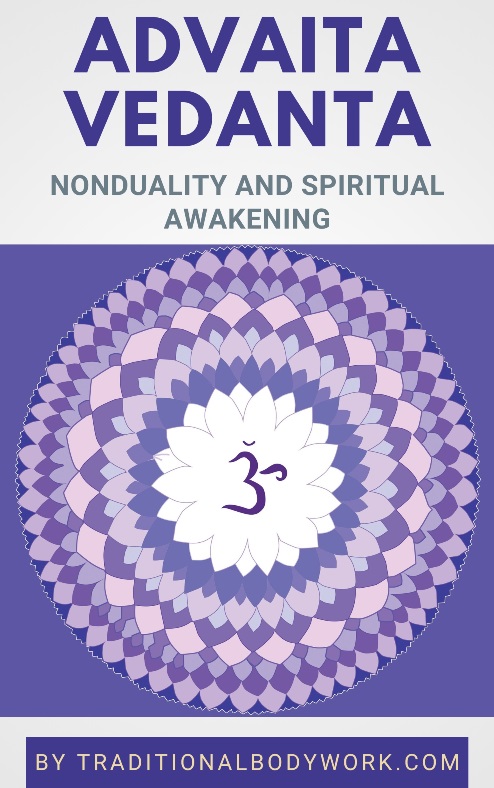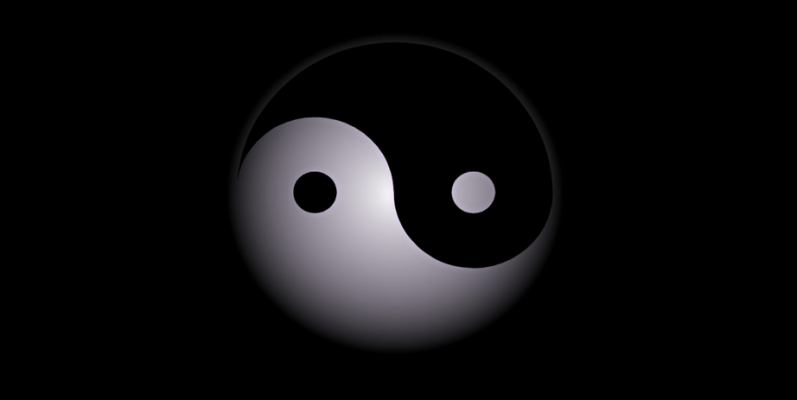
In this post, we’ll discuss the Sanskrit terms Vyakti, Vyakta, and Avyakta and their contextual use in Advaita Vedanta.
Vyakti
The word Vyakti in Sanskrit translates as “individual manifestation,” “gender,” “visible appearance,” “discrimination,” or “distinctness,” among some other related meanings.
In Advaita, Vyakti denotes the person, personality, distinctness, visible appearance or manifestation, the outer Self. One could equate this term with Jivatman, body-mind entity, the embodied Self.
Vyakta
Vyakta in Sanskrit stands for “apparent,” “evident,” “manifested,” “developed,” “created,” “known,” “wise,” “adorned,” among some other rather similar meanings.
In Advaita, it denotes the real individuality, the Self, the inner Self. One could equate this with Atman.
Avyakta
The Sanskrit term Avyakta typically refers to “indistinct,” “inarticulate,” “not manifest,” “invisible,” “undetermined,” “uncreated,” “unknown,” “soul,” “nature,” and “imperceptible.”
In Advaita, it denotes the unmanifested, boundless, Absolute Reality, transcendental, impersonal pure being, the Supreme. One could equate this term with Brahman.
The Three-Unity

An understanding of how this is expounded in Advaita, we can find in an explanation given by Sri Nisargadatta Maharaj:
“When the Vyakti realizes its non-existence in separation from the Vyakta, and the Vyakta sees the Vyakti as his own expression, then the peace and silence of the Avyakta state come into being. In reality, the three are one: the Vyakta and the Avyakta are inseparable, while the Vyakti is the sensing-feeling-thinking process, based on the body, made of and fed by the five elements ( … )”
Nisargadatta further states: “The outer self (Vyakti) is merely a projection on the body-mind of the inner self (Vyakta), which again is only an expression of the Supreme Self (Avyakta) which is all and none.”
















